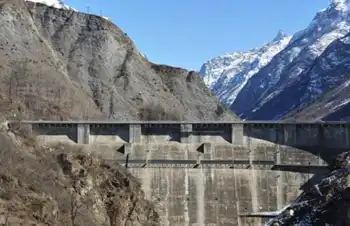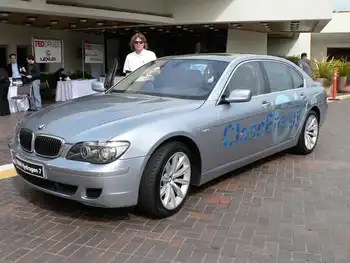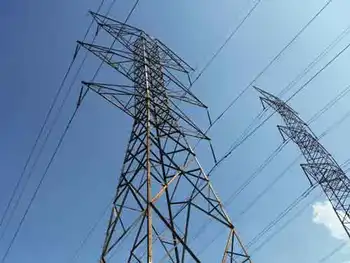Reliant generating station earns VPP STAR status
By Business Wire
Substation Relay Protection Training
Our customized live online or in‑person group training can be delivered to your staff at your location.

- Live Online
- 12 hours Instructor-led
- Group Training Available
VPP STAR status is the highest VPP designation awarded by OSHA. ItÂ’s only given to sites which meet the rigorous standards set by the agency and verified by experts during on-site inspections. Facilities earning VPP STAR status have achieved injury and illness rates below the national average for their respective industries, and have demonstrated to OSHA that their safety and health management systems are exemplary. In addition, STAR participants commit to a process of continuous safety improvements that will lead to an even safer work environment.
“This is a major accomplishment in safety management and performance, and confirms the commitment that each and every member of the Seward team has made to protect every employee,” said Dave Freysinger, senior vice president of Reliant’s Generation Operations.
“The level of commitment to safety represented by this accomplishment is consistent with our ‘Zero Accident Culture’ the priority we have for safety and health across the organization,” said Freysinger. “The goal of Reliant Energy’s safety and health program is to ensure that no employee is injured on the job through processes and practices that control hazards and ensure employee protection.”
Seward is the largest waste coal-fired generating plant in the world and is the only merchant plant of its kind in the U.S. The 521-megawatt facility, located 80 miles east of Pittsburgh, is one of the most efficient generating plants in the PJM (Pennsylvania, New Jersey, Maryland) Interconnection.
“This plant has environmental benefits, creates jobs and provides a reliable supply of power for Pennsylvania and the broader PJM market,” said Brian Landrum, executive vice president and chief operating officer, Reliant Energy. “We are pleased that OSHA has recognized us with this important designation.”
Seward was constructed on the site of an 82-year-old, coal-fired plant that was retired in 2003. The new facility produces two and one-half times as much electricity as the plant it replaces, while significantly reducing emissions.
Waste coal, which is abundant in western Pennsylvania, is used as fuel at Seward. Removing this waste coal improves the environment because itÂ’s a significant source of acid discharge from the local watershed. In all, more than 100 million tons of waste coal will be removed from the landscape during the life of the plant. Even the ash produced at Seward is used in a beneficial manner. This alkaline by-product is transported to waste coal sites in the area to help neutralize acids that remain in the soil.
“This plant provides electricity and is solving a historic environmental problem for Pennsylvania while setting the standard for excellence in protecting the health and safety of our employees,” said Freysinger.











